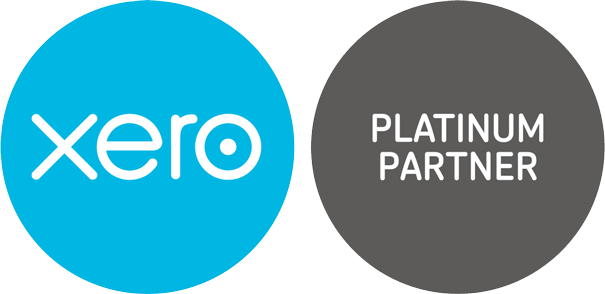News
Fiscal drag and tax thresholds: What does it mean for you
14 October 2024
As the Government seeks to plug certain gaps in the public purse, we are unlikely to see any change in Income Tax thresholds – despite wages and the State Pension rising.
Under the previous Government, tax thresholds were frozen until March 2028, and it remains to be seen whether this will change under the Labour Party.
This means that more people are set to be pulled into paying Income Tax on their income for the first time or pulled into a higher tax bracket – known as fiscal drag.
How does fiscal drag impact you?
The major effect of fiscal drag is that it reduces the financial benefit of any wage increase because more of your income will be subject to tax.
This leaves many individuals, whether they are employees, self-employed or company directors, no better off than if they had not received a pay increase.
It is sometimes known as a “stealth tax” because no changes are actually being made to taxation rates or thresholds.
Mitigating the impact of fiscal drag
How can you plan around fiscal drag? If you have the flexibility to restructure your income, you may consider:
- Dividends – Regardless of which tax band you are in, Dividends are taxed at a lower rate than Income Tax paid on your salary.
- Salary sacrifice – Many businesses allow employees (including directors) to sacrifice a portion of their salary in exchange for a benefit (a company car, private healthcare, etc.), effectively reducing taxable income.
- Investing in an ISA – Income or interest from an ISA is tax-free, helping you to save money for the future and minimising your tax liabilities.
- Pay into your pension – You may choose to pay more money into your pension, either to reduce your taxable income or minimise future tax liabilities, with a yearly tax-free limit of £60,000 or 100 per cent of your income, whichever is lower.
- Marriage allowance – If you or your spouse earn less than the Personal Allowance, you may be eligible to transfer £1,260 of the allowance to your partner, potentially saving up to £252 in tax.
In addition to the marriage allowance, you should ensure you are utilising all available tax reliefs, such as the personal savings allowance.
This prevents you paying tax on savings interest depending on your Income Tax band:
- Basic rate – £1,000
- Higher rate – £500
Unfortunately, there is no personal savings allowance for those in the Additional rate tax band.
Make sure to use your tax-free Personal Allowance of £12,570 before considering another tax-efficient way of receiving income.
High earners
You should also watch out if you are a Higher or Additional rate taxpayer, i.e. you earn between £50,271 and £125,140, or over £125,140 respectively.
Wage increases could pull you into a higher tax band and begin to erode your Personal Allowance if you choose to take the majority of your earnings as salary, or your business cannot pay dividends.
Remember that your Personal Allowance decreases by £1 for every £2 you earn over £100,000 – meaning that you effectively have no Personal Allowance if you earn £125,140 per year or more.
You will also be taxed at either 33.75 per cent (Higher) or 39.35 per cent (Additional) on any dividends you receive.
As a high earner, you could be significantly impacted by fiscal drag, so it is particularly important to plan ahead to avoid paying more tax than you need to.
Please contact our team today to find out how to reduce the effect of fiscal drag on your income.
Case Studies
-

Cut above the rest in personal management style
-

Customer care is top of the list for packaging business
-

Sometimes a business does exactly as it says on the tin
-
Child's play with proactive accounts management
-

A shared passion for architecture and a head for numbers
-

A modern approach required for music moguls
-

Taxing demands with old school charm
-

Smiles all round for dental practice
-

A taste for growth, a thirst for knowledge


